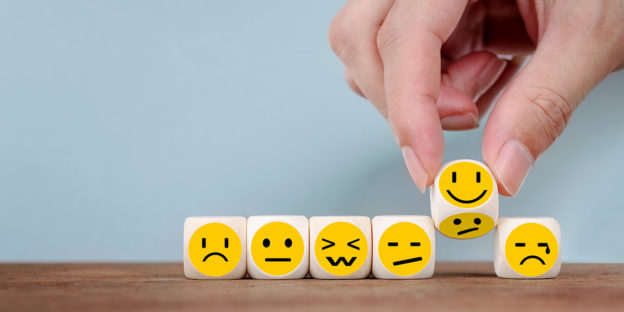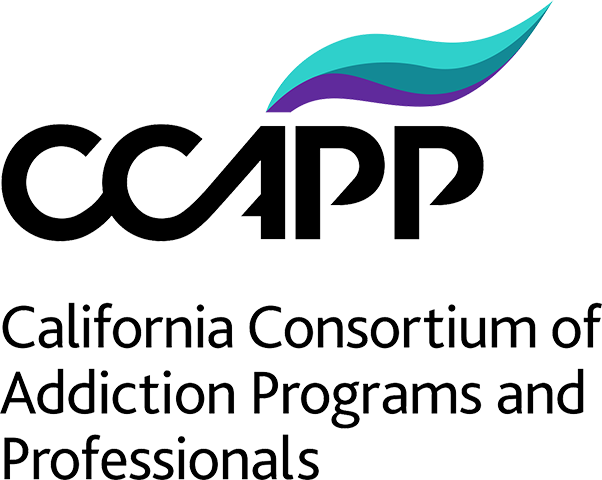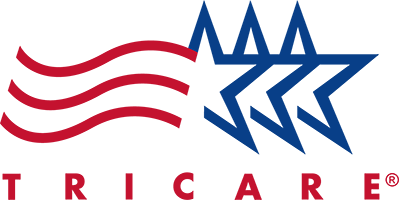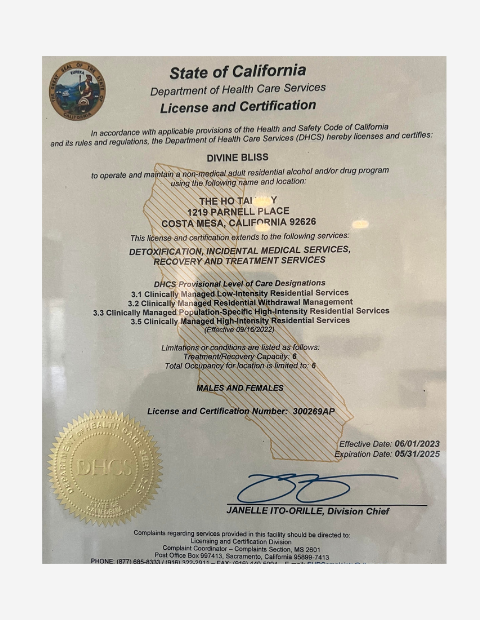Defining CBT and DBT might clarify why they are used with specific populations.
What is CBT?
CBT stands for cognitive-behavioral therapy. Cognitive means thoughts and behavioral looks at our actions. Together, CBT is a fancy way to describe how our thoughts, feelings, and behaviors influence each other. For example, suppose you believe that you are incapable of getting sober (thinking). In that case, you might avoid seeking treatment (behavior) and feel guilt and shame (feeling). Changing one factor positively can lead to other positive outcomes.
Maybe you met someone who also had an addiction problem, but they are now sober. Your thought might change from I’m not capable to if that person can get sober, maybe I can too. That positive change might be enough for you to seek help.
Your therapist will help you decide on some goals using the SMART format. SMART is an acronym for Specific, Measurable, Attainable, Realistic, and Time-limited. An example of a SMART goal is: “I will eat 2 healthy meals following the MyPlate diagram daily for one week.” Two healthy meals using the MyPlate format is specific, compared to “I will eat better.” Likely, it is also attainable and realistic to eat two nutritious meals daily. One week means that this goal is time-limited and can be reevaluated at the end of the week.
What are the techniques used in CBT?
Some of the following techniques that are most often used with CBT are the following:
- Cognitive restructuring or reframing. Reframing takes current negative thoughts and helps to make them more productive and positive. So, “I’ll never get sober. I’ve tried, and I’m a failure” can become “I was not ready to get sober then. I can look at what happened and plan for stumbling blocks this time around.”
- Guided discovery. Your therapist will ask you to support and challenge your assumptions with evidence. Ideally, this process will help you see things from a different perspective and help you choose a more helpful option.
- Journaling or thought records. Writing can help with sorting out thoughts and feelings. If something is written, it can help with insight.
- Relaxation and stress reduction techniques. Progressive relaxation can help reduce anxiety and lower stress. Some specific strategies include deep breathing, muscle relaxation, or guided imagery.
- Role-playing. Exercises like role-playing can help you work through difficult situations and ease any fear you might have.
- Successive approximation. Have you ever felt like a task was too daunting to complete? If so, successive approximation can help. All this means is that you break a more immense task into smaller achievable steps. Moving is a huge undertaking and cannot be accomplished all at once. Packing a room at a time is more feasible. There are other smaller tasks like calling the movers, collecting boxes, and others. Breaking it down makes it more manageable.
What is DBT?
DBT means dialectical behavioral therapy. It was created by psychologist Marsha Linehan for persons diagnosed with borderline personality disorders.
DBT can also be used for eating disorders, self-harm, depression, and substance use disorders. It works well to build mindfulness skills, tolerating distress, emotional regulation, and interpersonal effectiveness.
- Mindfulness is the ability to be aware of the present moment in a nonjudgmental way. In DBT, mindfulness focuses on the “what” and “how.” What you focus on could be your emotions, thoughts, sensations, or the present moment. “How” skills teach you how to be more mindful by balancing rational thoughts with your feelings and using mindfulness skills regularly.
- Distress tolerance refers to practicing tolerance with distressing emotions, not avoiding them. It can help with self-soothing and relaxation. We might use harmful coping skills during times of distress, like alcohol and drug use or cutting. Distress tolerance teaches skills to help manage these feelings and situations without resorting to self-harmful behaviors.
- Interpersonal effectiveness teaches how you can advocate for yourself and improve managing relationships. The skills combine listening skills, social skills, and assertiveness training.
- Emotion regulation skills help keep emotions from getting out of control. Skills include learning to recognize the feeling, reduce feeling vulnerable, avoid giving in to emotional urges, and solve problems in beneficial ways. Improving awareness of emotions, their causes, and the consequences help enhance the effectiveness of managing them.
What are the techniques used in DBT?
- Individual counseling with a trained therapist. Therapy typically is once a week for an hour. In the sessions, you will work with your therapist on managing your emotions and building coping skills.
- Skills training is a group format that meets weekly for a few hours, lasting for 24 weeks. You will learn and practice skills with others who also need help regulating their emotions.
- Phone coaching provides extra support between your individual sessions. Not all therapists offer this service, so it is best to check first. On the phone, your therapist guides you on how to use DBT skills to address your challenge.
What are the commonalities between CBT and DBT?
Both CBT and DBT are behavioral types of therapies that look at the consequences of thoughts’ influence on feelings and how that affects behavior. A trusting relationship between client and therapist is crucial for treatment to be effective.
Both CBT ad DBT are evidence-based treatments. This means that research has shown them both to be effective in different settings.
What are the differences between CBT and DBT?
DBT understands that some clients do not feel validated or that their feelings have been minimized. There is also a greater emphasis on emotional and social aspects with DBT. Relationships are the cornerstone with DBT and might include frequent check-ins, whereas CBT is more structured. Maintaining healthy boundaries is a must with DBT to model appropriate relationships.
CBT is one of the most widely used therapies today. DBT is designed to treat specific issues like borderline personality disorder, anxiety, eating disorders, substance abuse, and mood disorders. Many of these issues affect women.
The Ho tai Way – Recovery for Women therapists use both CBT and DBT to help clients manage their emotions and to understand the influence they have on behaviors. If you are interested in learning more about coping with feelings, thoughts, and behaviors, contact our admissions department. Call (714) 581-3974.









